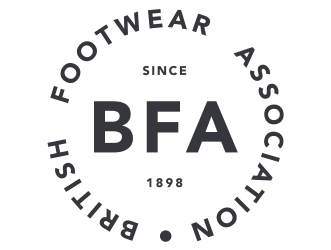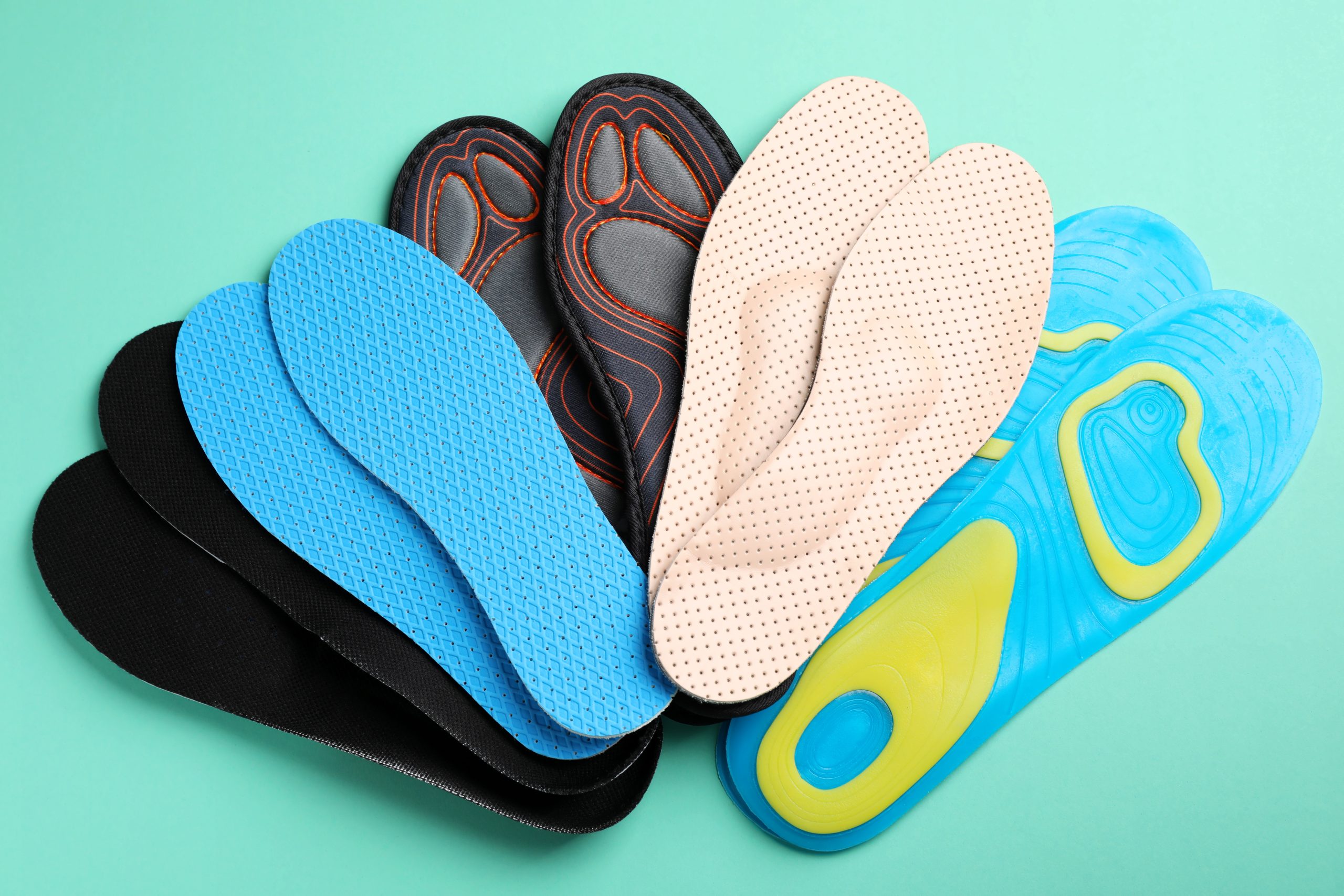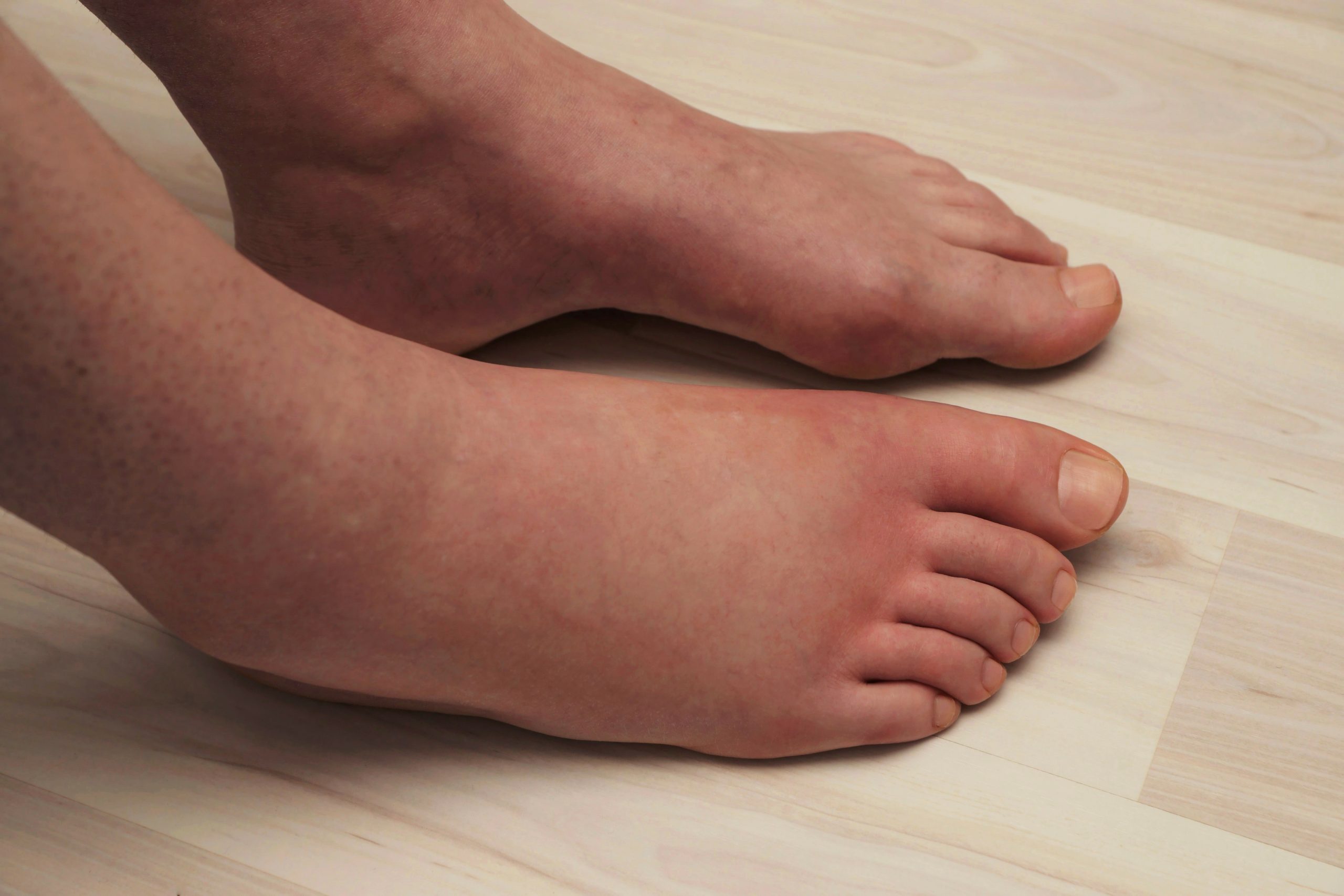
Hallux rigidus is a condition that affects your big toe joint, causing stiffness and limited movement. It is a form of osteoarthritis that affects the first metatarsophalangeal (MTP) joint, which is the joint at the base of your big toe. Symptoms can include pain, stiffness, and difficulty bending the toe. It can be a frustrating and painful condition that can greatly impact the quality of life of the sufferer. While this condition can be caused by wear and tear, injury or a congenital condition, proper footwear can help alleviate pain and stiffness.
In this blog post, we will explore the importance of proper footwear for managing hallux rigidus, and advise you on what you should be looking for when shopping for shoes to manage this condition. We will also introduce you to the different types of comfort footwear available, and give you tips on how to choose the right shoes for hallux rigidus. We hope this information will help you make an informed decision when choosing footwear to manage hallux rigidus, and help you find the most comfortable and supportive shoes for your feet.
Understanding hallux rigidus.
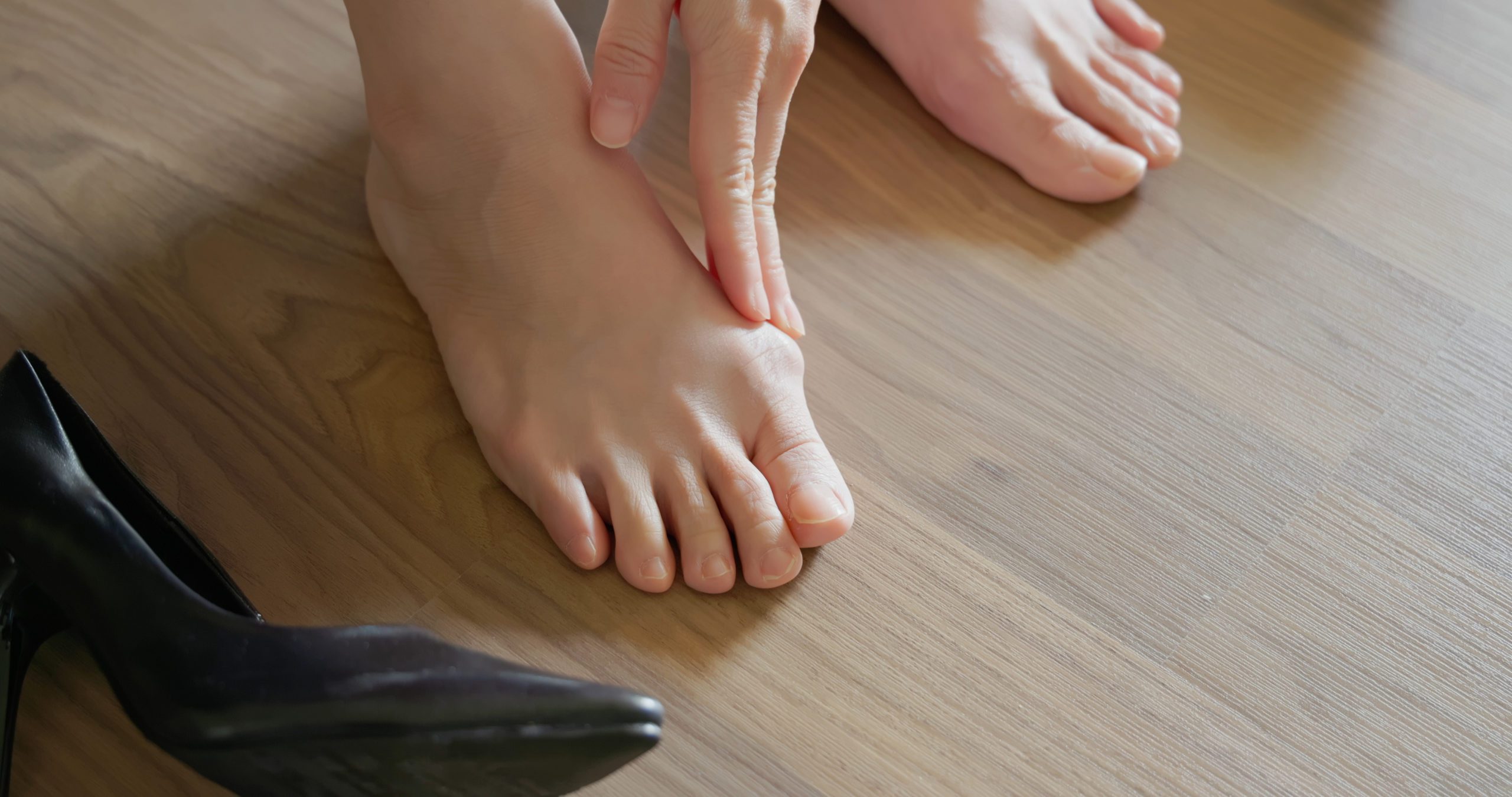
Hallux rigidus is caused by wear and tear on the first metatarsophalangeal (MTP) joint, which is the joint at the base of the big toe. The condition can also be caused by injury or a congenital condition such as a bunion.
How it progresses and common complications.
As the condition progresses, the cartilage begins to deteriorate, causing pain and stiffness in the joint. Hallux rigidus progresses through four stages, each characterised by specific symptoms and limitations in range of motion.
Stage 1.
In the early stage, the joint may be stiff and sore, but there is still good range of motion. Pain is usually only present with certain activities.
Stage 2.
As the condition progresses, the joint becomes more stiff and movement is more limited. Pain is present with more activities and may be present even when not moving the joint.
Stage 3.
In this advanced stage, the joint is severely stiff and movement is greatly limited. Pain is present even when not moving the joint and can be severe.
Stage 4.
In the final stage, the joint is fused and movement is not possible. Pain is usually not present in this stage because the joint can no longer move.
Common complications of hallux rigidus include difficulty walking, pain in the affected area, and difficulty finding footwear that actually helps. In addition, if left untreated, hallux rigidus can lead to other problems with your feet such as hammer toes, calluses, and chronic foot pain.
Diagnosis and treatment options.
Diagnosis of hallux rigidus is typically made through a physical examination and x-rays, which can show the degree of arthritis present in the joint. Treatment options for hallux rigidus include physical therapy, medication, and in severe cases, surgery. However, in many cases, proper footwear can help alleviate pain and stiffness associated with hallux rigidus.
It is important to note that early diagnosis and treatment of hallux rigidus can help slow the progression of the condition and reduce the likelihood of complications. For professional advice on hallux rigidus, consult a podiatrist.
The importance of proper footwear.
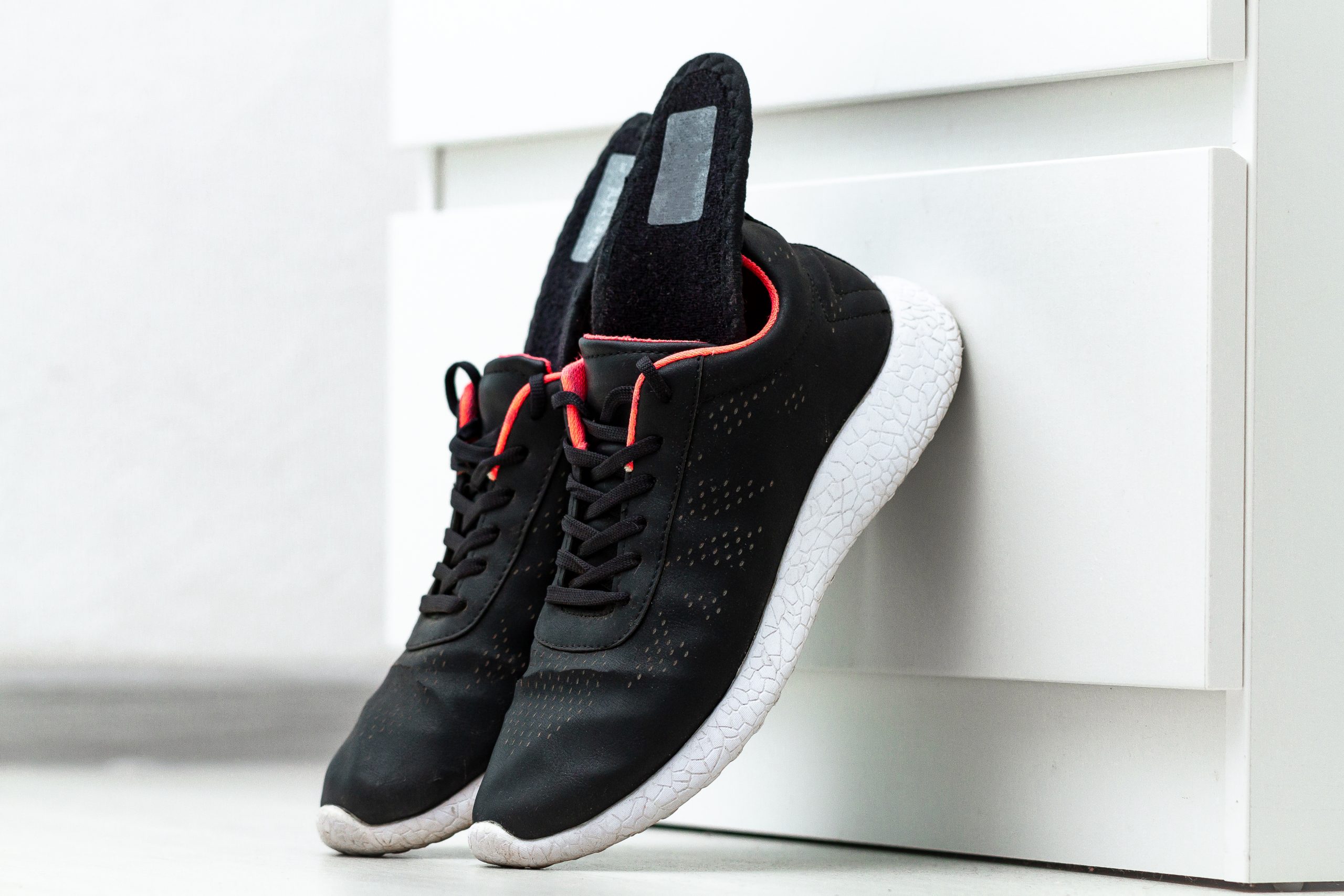
Now, hopefully you have some insight into this condition and how it can affect your feet. Let’s talk about footwear, as we’ve established that proper footwear is crucial for managing hallux rigidus symptoms. The correct shoes can help alleviate pain and discomfort, as well as allow your feet to go through a normal range of motion to help you walk. When shopping for shoes to manage hallux rigidus, it is important to look for shoes that provide support, cushioning, and are a good fit.
Arch support.
Shoes with good arch support can help distribute weight evenly across the foot, reducing pressure on the MTP joint. This can help reduce pain and stiffness in the joint. Wearing the right level of arch support for your feet can also help prevent other painful foot-health conditions forming, such as plantar fasciitis.
Cushioning.
Wearing footwear with ample cushioning can help alleviate the discomfort caused by hallux rigidus, by reducing the shock and impact on the affected joint during walking. Cushioning will not improve your mobility, but it may help to ease your pain a little bit. Do not go too extreme though. Shoes that are too soft will just create an unstable environment for your feet, which can lead to more problems.
Shoes that fit!
Shoes that fit well can help reduce pressure on your joint, as well as help to prevent blisters, calluses, and other foot problems developing. The toe box is a super important part of the shoe as well – it needs to be wide enough to accommodate your toes without constricting them. Even if you have hallux rigidus, your toes still need plenty of room to function correctly. If your toes feel squashed together, the shoe is too small or narrow for your feet.
In addition to these features, it’s important to consider the shape of the shoe and how it accommodates the bunion, or any other foot deformity, as well as the material of the shoe, to make sure it is breathable and comfortable.
If you need help finding footwear that fits this criteria, we have a team of experts on stand-by to help. Book a free personal shopping appointment with one of our shoe-fitters.
It can be scheduled at your own convenience, and you will benefit from the valuable advice that will change the way that you shop for footwear.
The types of comfort footwear for hallux rigidus.
It’s important to keep in mind that every person’s needs are different when it comes to managing hallux rigidus. If you have lost mobility in the big toe, it might be difficult for you to get shoes on and off. In this case, it’s important to focus on finding shoes that are easy to put on your feet, such as shoes with a wide opening and adjustability. Additionally, if you have a hard time putting on shoes, shoes with a back opening or a heel loop can also be helpful.
It’s important to consider your own needs and limitations when shopping for shoes to manage hallux rigidus, and to keep in mind that the right shoe for one person may not be the best choice for another.
Rocker sole shoes.
A rocker sole is a type of shoe sole that has a rounded or curved shape, allowing for a smoother, rolling motion as you walk. This design helps to offload pressure from the forefoot and redistribute it throughout the shoe, reducing stress and pain in the affected area. Rocker soles can be especially beneficial for you if you have hallux rigidus, as they allow your feet to go through a more natural range of motion and reduce the need for excessive bending at the big toe joint. Shoes with rocker soles can be a great choice for reducing pain and improving comfort if you are suffering with this condition.
Shoes to support your orthotics.
Your podiatrist may prescribe orthotics to help with your treatment plan for hallux rigidus. These orthotics can help redistribute weight, improve alignment and provide extra support to the foot. However, it is important to note that these orthotics will need to be in good footwear that supports their use, otherwise they will not work properly. The shoe needs to have good solid structure, and enough room to house the orthotic without making the shoe too small.
What to avoid.
When it comes to managing hallux rigidus, it’s important to avoid certain types of shoes that can exacerbate pain and stiffness. These include:
Overly flexible shoes.
Shoes that are too flexible can put an excessive amount of stress on your big toe joint, leading to overreliance on the joint and potentially worsening your pain and discomfort.
High heels.
Sorry, ladies! High heels put way too much pressure on the forefoot and can exacerbate the pain in your big toe joint. It’s best to avoid high heels or to limit their use as much as possible. If you have to wear something with a heel because of a uniform, then we’d suggest you limit yourself to a heel height of one inch.
Too much cushioning (memory foam).
While cushioning can help absorb shock and reduce pain, overly cushioned or memory foam shoes can be too soft to the point they’re too unstable, and may not provide enough structure for your feet. Feet need to be relaxed to function correctly, and they will not be able to relax if they are in too unstable of an environment.
Where should I be looking?
When it comes to finding the correct shoes for hallux rigidus, it’s important to know where to look. At ShoeFit.uk, we offer a wide range of shoes that are suitable for managing hallux rigidus. We’ve gone through each of these shoes and identified whether or not it can help relieve symptoms, using our experience as shoe-fitters.
We understand that every person’s needs are different when it comes to managing hallux rigidus however, which is why we offer a free video consultation service, where you can book a call and have a chat with one of our shoe-fitting experts. We’ll have a chat with you about your needs and make some personalised suggestions based on what we think will work.
For professional advice on hallux rigidus, you should always consult a podiatrist. We can offer advice on footwear, but a podiatrist will be able to accurately assess and diagnose you, as well as suggest the best course of action you should take.
Final thoughts.
Hallux rigidus can be a painful and debilitating condition, but the correct footwear can make a big difference in reducing pain and improving mobility. Shoes with cushioning and rocker soles can help offload pressure from the affected area and allow for a more natural range of motion. While it’s important to find the right fit and style for you, starting with shoes that offer adequate support and comfort is key.
If you need help finding footwear that fits this criteria, we have a team of experts on stand-by to help. Book a free personal shopping appointment with one of our shoe-fitters.
It can be scheduled at your own convenience, and you will benefit from the valuable advice that will change the way that you shop for footwear.



